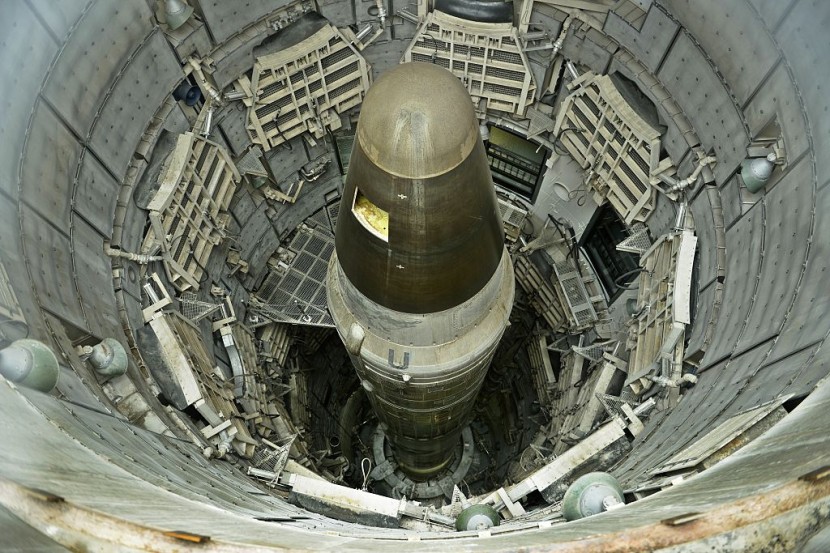At a time when tensions between Beijing and Washington are at an all-time high, the U.S. military is warning about what experts are calling a significant expansion of China's nuclear missile silo systems.

Researchers Estimate China's Underground Missile Silos
In a recently published article in Associated Press, after using satellite images to detect a new field being constructed in western China, researchers from the Federation of American Scientists believe that China has about 250 underground missile silos under development.
The Strategic Command, which is in charge of America's nuclear weapons, claims that the public has realized what they have been saying all along about the increasing danger the world confronts and the shroud of secrecy that surrounds it: China's missile silos.
Moreover, The Xinjiang field is the second to be discovered this summer. Researchers from the James Martin Center for Nonproliferation Studies in California discovered another field being built in Gansu province in June, according to a published article in ABC News,
Read Also : US Raises Concern as China Builds Over 100 Missile Launchpads as Part of Nuclear Capabilities Expansion
Satellite Images of Nuclear Missile Silos
China is constructing a second nuclear missile silo field, according to satellite photos. China seems to be building 120 missile silos in Yumen in Gansu province, according to a report earlier this month. The second missile silo field, near the prefecture-level city of Hami in Eastern Xinjiang, is situated 380 kilometers (240 miles) northwest of the Yumen field.
In a published article in the Federation of American Scientists, the missile silo field in Hami is at a considerably earlier stage of construction than the Yumen site. Construction on the southeastern corner of the property started in March 2021 and is progressing quickly. Dome shelters have been built over at least 14 silos since then, and land has been cleared in preparation for the building of another 19 silos. The complex's grid-like design suggests that it will ultimately house about 110 silos.
At Hami, the silos are arranged in a nearly perfect grid pattern, approximately three kilometers apart, with support facilities nearby. The Hami silos were built and organized in the same manner as the 120 silos at the Yumen location, as well as the roughly a dozen silos built in the Jilantai training area in Inner Mongolia. These shelters are usually removed only after the more delicate work underneath them is finished. The Hami site, like the Yumen site, covers an area of around 800 square kilometers.
Defense Study Expert Characterized the Construction as a Warning by the U.S.
Kuo Yu-Jen, a military studies specialist at Taiwan's Institute for National Policy Research, said it is impossible to obtain an exact count of any country's subterranean silos; but satellite imagery published lately appears "very, very similar" to missile silos.
He described the results of the imaging satellite as a warning from the U.S. to others that China is breaking an international agreement aimed at nuclear disarmament by building nuclear weapons capability, according to a published article in US News.
On the other hand, the Stockholm International Peace Research Institute estimates China's nuclear arsenal at 350 bombs while the US and Russia have about 6,000 each. China's arsenal will at least quadruple in size in ten years, according to the Pentagon.
Related Article : China Expands Its Nuclear Missiles; US Pentagon Raises Concern
© 2025 HNGN, All rights reserved. Do not reproduce without permission.








